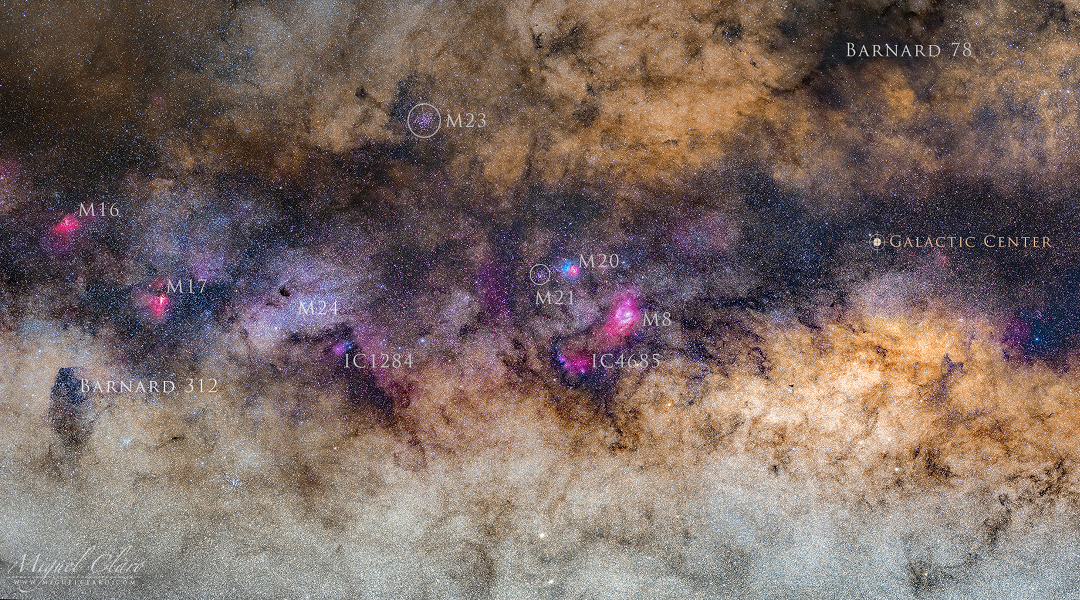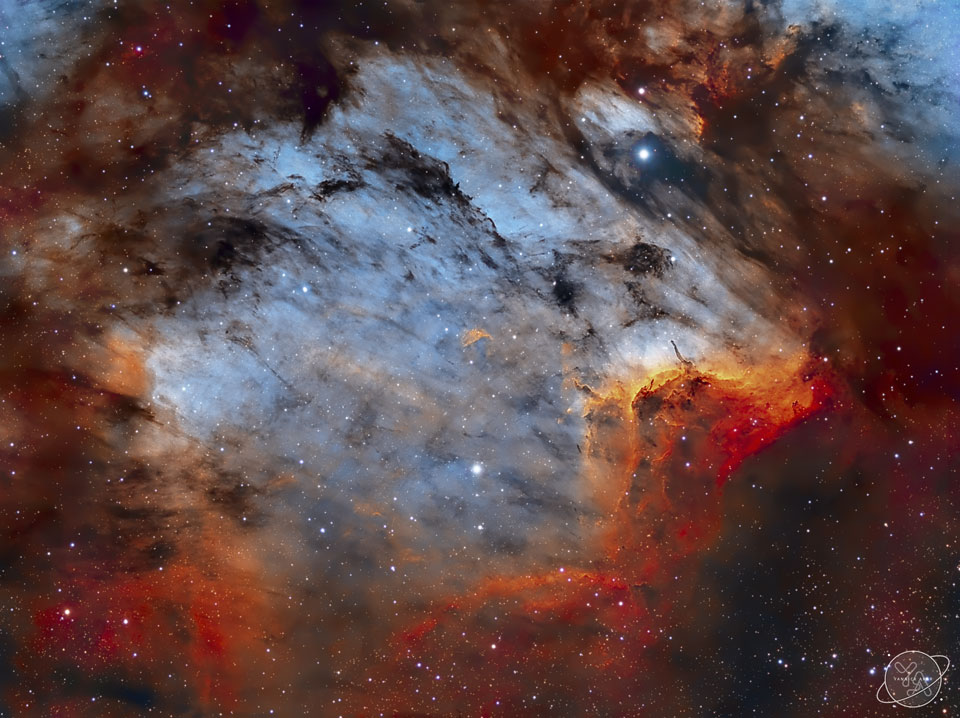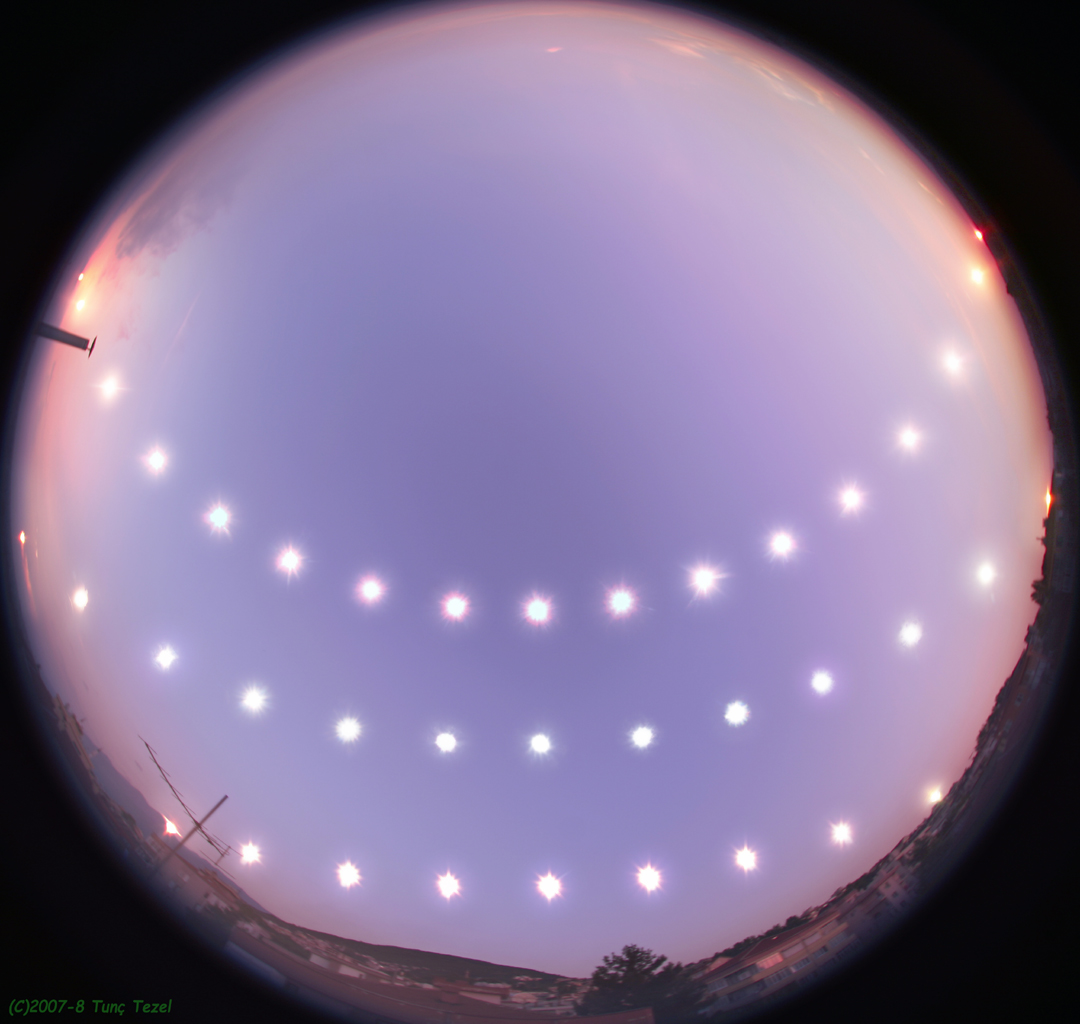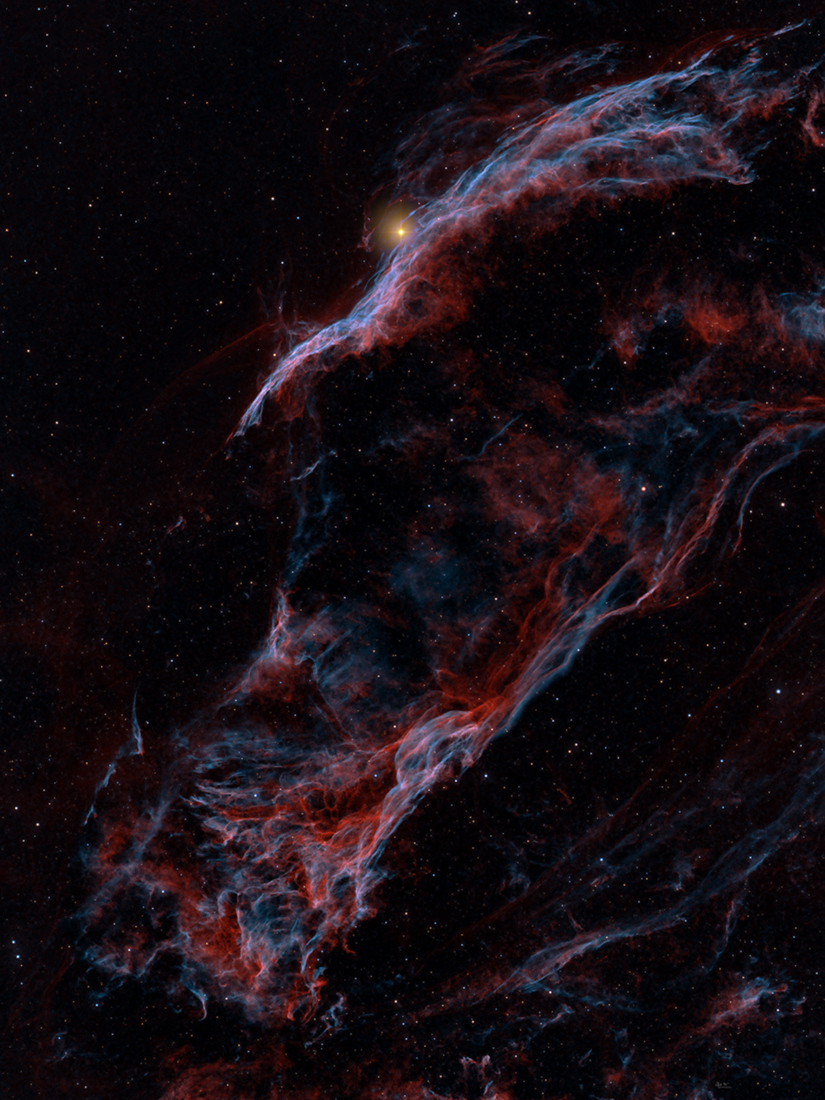
Orion Rising over Brazil






Hace muchos años, tantos que ni me recuerdo, una serie televisiva grabó una idea en mi memoria. En una modesta casa de una aldea, se vela a un difunto. Sobre la mesa, una fuente con apetitosas frutas que relucen en la sombría modestia de la estancia. La puerta se abre y un individuo de aspecto sucio entra, haciéndose el silencio. Se acerca a unos pasos del finado, murmura algo entre dientes, con la cabeza gacha, y tras ello toma las frutas de la fuente. Come, mientras nadie habla, mientras nadie mira. Cuando termina, sale por la puerta abierta y se aleja.
Era su ocupación, se comía los pecados de los muertos, así éstos podían viajar tranquilos al paraíso. A nadie le preocupaba cómo viajaría él cuando le tocase.
Muchas veces he pensado que ser médico es un poco, o un mucho, lo mismo. Paso la vida comiendo los pecados de los demás, y conforme transcurren los años, cada vez me pesan más, cada vez estoy más sucio y cada vez me siento más miserable. Porque, con el tiempo, veo que a casi nadie le importa mi viaje. Que nadie se va a comer las frutas de mi funeral. Bueno, sólo ella, pero es que ella no quiero que lo haga.



